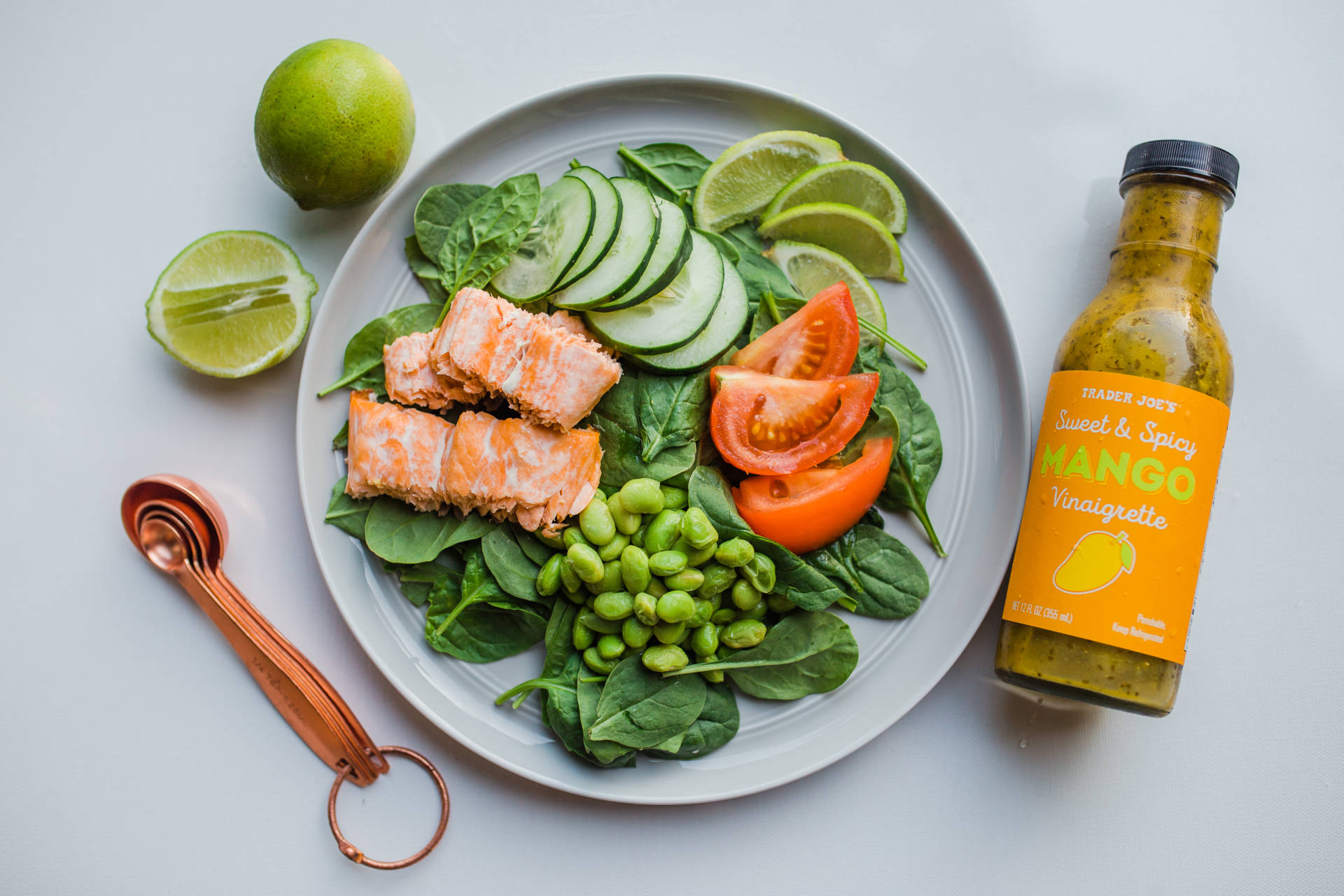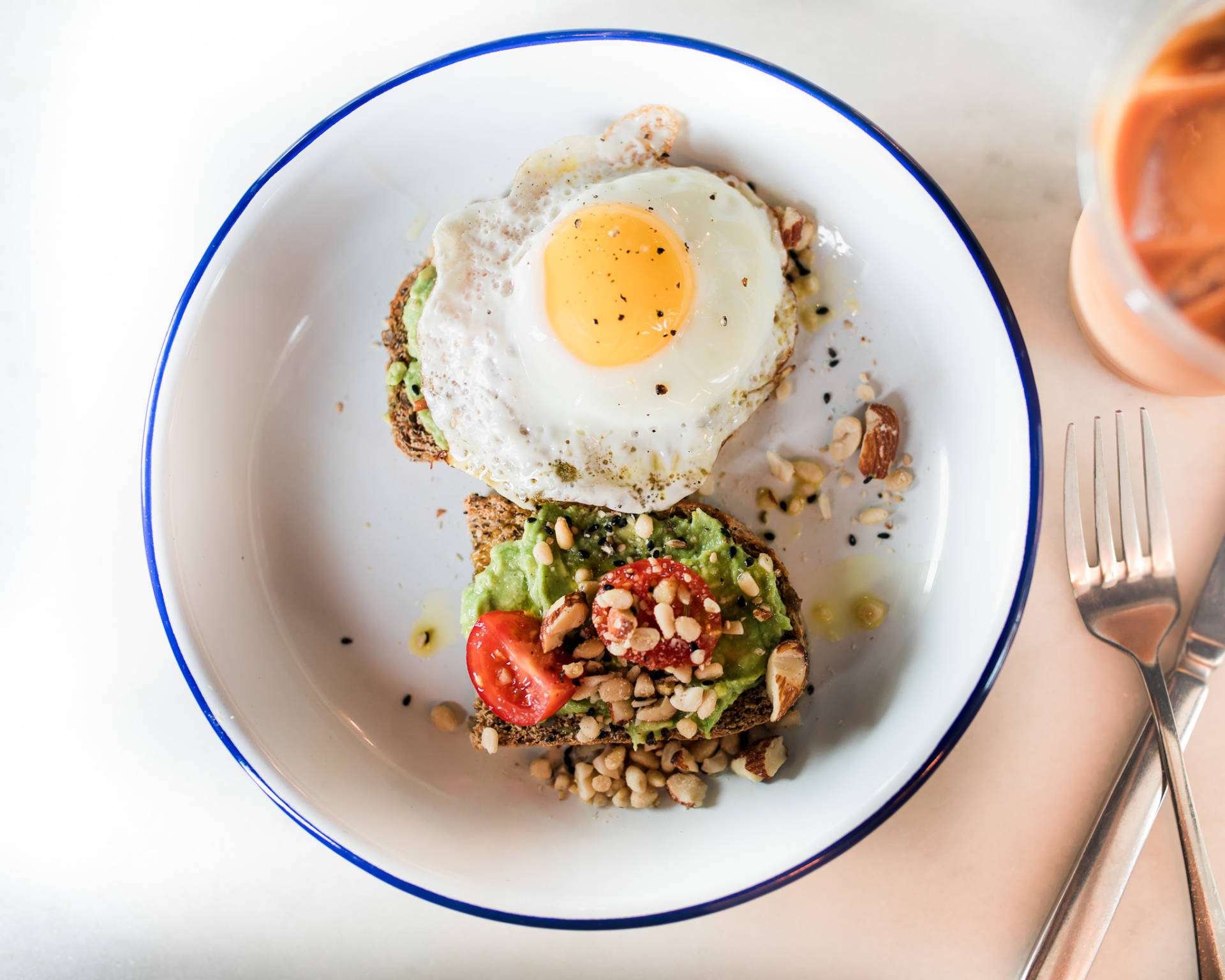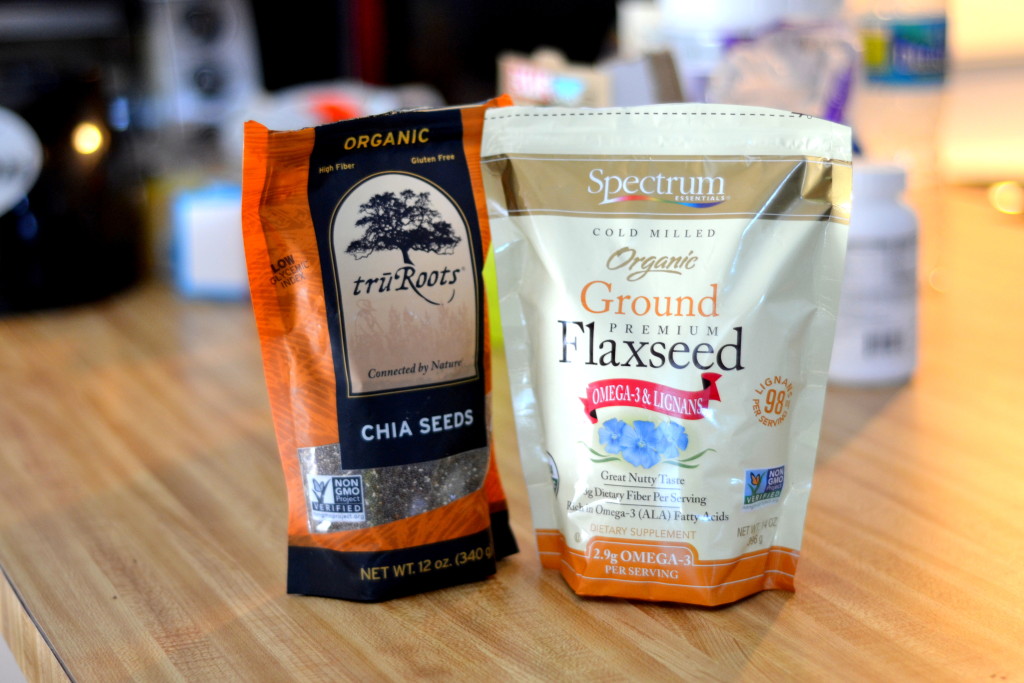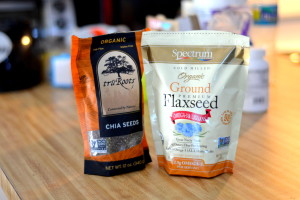Hey guys! I Hope everyone is having a great weekend. First off, I wanted to start out by saying that if you haven’t heard of these two powerful seeds, I’m glad you’re here. Also, if you have heard of them and have been led to believe that they have the same nutritional value, you’ve come to the right place. I am no doctor, nor claim myself to be, but I want to present to you with factual information so you can explore these things for yourself.
The best way to think of these seeds is as some extra nutritional value you can add to your meals throughout the day. Although I am not sure if there’s such a thing as having too much flax or chia seeds in a day, the recommended dosage of flax seeds is 2 tbsp a day. Also, those that consume 15 to 20 grams (2 to 3 tablespoons) of chia seeds will fulfill their daily requirement of omega-3s.
Chia seeds
Organic Chia seeds have a mild flavor and are easy to add to your meals. Sprinkle them in salads, cereals, and yogurt. Cook them into stews, soups, muffins, and desserts. Soaked in water or a smoothie, they plump into playful jelly rounds that make a fun refreshing drink or easy raw pudding. They jelly rounds also aid in helping you digest them easily. No need to grind them up. You can eat them whole without any issues.
Health benefits
- Chia seeds are very filling so you are not likely to overeat if you include them in your diet.
- Reduce Fat Intake
- It is commonly believed that chia seeds reduce your appetite so you are less likely to consume fatty foods.
- Balance Blood Sugar
- Regularly consuming chia seeds can help keep your blood sugar level so you can avoid rapid highs and lows that can cause sluggishness.
- Boost Omega-3 Oil Absorption
- Boost Energy
- Chia seeds help you to maintain your overall health so you are less susceptible to developing signs of aging.
Flax seeds
Flaxseed offers the benefits of fiber, Omega-3 fatty acid Alpha Linolenic Acid, protein and SDG lignans. Fiber promotes regularity, supports normal functioning of the digestive tract and healthy lipids. ALA is an Omega-3 essential fatty acid that helps support normal cardiovascular function and helps to maintain healthy hair, skin, and nails.
Flaxseeds (also called linseeds) are a rich source of micronutrients, manganese and vitamin B1
Health benefits
- The primary omega-3 fatty acid in flaxseeds—alpha-linolenic acid, or ALA—can be helpful to the cardiovascular system in and of itself. As the building block for other messaging molecules that help prevent excessive inflammation, ALA can help protect the blood vessels from inflammatory damage.
- Although direct studies on flaxseed and blood pressure are limited (and mostly confined to flaxseed oil versus ground flaxseed), numerous studies have shown the ability of increased omega-3 fatty acid intake to help regulate blood pressure and to help reduce blood pressure in persons who have been diagnosed with hypertension.
- Intake of flaxseeds has also been shown to decrease the ratio of LDL-to-HDL cholesterol in several human studies and to increase the level of apolipoprotein A1, which is the major protein found in HDL cholesterol (the “good” cholesterol).
- Antioxidant and Anti-Inflammatory Benefits
- The antioxidant and anti-inflammatory benefits of flaxseeds also make them a logical candidate for cancer prevention. That’s because chronic inflammation (even low level inflammation) and chronic oxidative stress are risk factors for cancer development.
- The strong fiber content of flaxseeds—including their mucilaginous fiber—help to delay gastric emptying and can improve intestinal absorption of nutrients. Flaxseed fibers also help to steady the passage of food through our intestines.
Add flaxseed to a food you habitually eat. Every time you have a certain food, like oatmeal, smoothies, soup, or yogurt, stir in a couple tablespoons of ground flaxseed. Soon it will be a habit and you won’t have to think about it, you’ll just do it.
Comparing the two
Fibre: Both of these seeds are a great way to get more fibre in your diet, but chia has the edge: an ounce gives you 10.6 grams of fibre, or 42 per cent of your recommended daily intake, versus 7.6 grams and 31 per cent for flax.
Fat: Being seeds, both of these are rich in fats. There’s a bit more in flax, with 11.8 grams per serving, but chia has 8.6 grams. However, these are healthy fats, including omega 3 fatty acids. A serving of chia has 4915 milligrams of those, while flax has 6388 milligrams.
Protein: Sprinkling these tiny seeds onto your food can up your protein intake. Chia and flax have about the same amount per ounce, at 4.4 grams and 5.1 grams respectively. However, chia is one of just a few plant sources that is a complete protein, meaning that it contains all of the needed protein-forming amino acids. It’s not necessary to only eat complete proteins if you get protein in your diet from a variety of sources, but it helps!
Calcium: An ounce of flax seeds provides seven per cent of your daily value (DV) of bone-healthy calcium, but chia seeds have more than double: 177 milligrams or 18 per cent of your DV.
Phosphorus: Calcium isn’t the only mineral that’s good for your health — phosphorus is also essential for the formation of bones and teeth. An ounce of flax will give you 180 milligrams of flax or 18 per cent of your recommended daily intake, but chia will give you a whopping 27 per cent with its 265 milligrams of phosphorus.
Verdict
Flax is a seed worth eating, but chia has the upper hand here thanks to its higher numbers for fibre, calcium, and phosphorus, as well as because it’s a complete protein. But all seeds have antioxidants — and different ones — so it’s great to get a mix of them in your diet.
I personally use flax seeds in smoothies and in oatmeal. I have been meaning to try them in home made energy balls. (I’ll keep you posted on that) I usually use chia seeds in smoothies or in homemade puddings. I’ll be posting some chia recipes soon! Stay tuned for more.
If you want more information on these, click here
– Jenn xo









